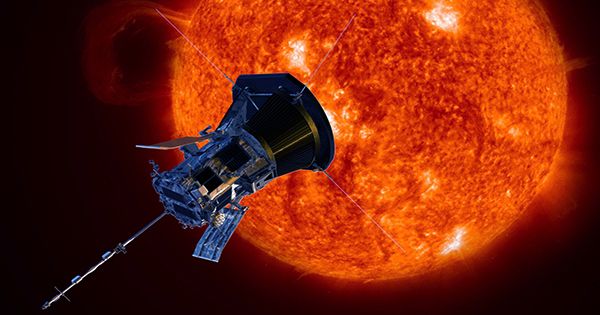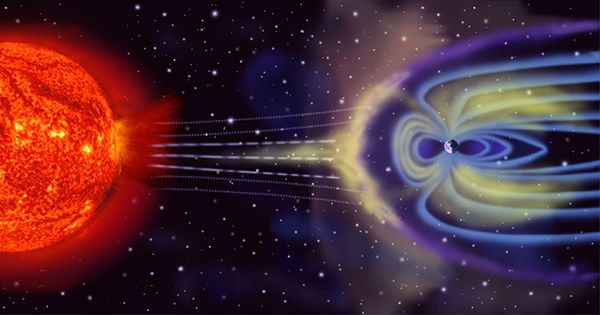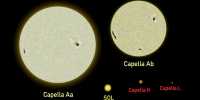On 17 April, the Sun releases a coronal mass ejection (CME), releasing large amounts of plasma from an active region of the solar surface. When these CMEs were observed on Earth, there was always the risk that they would create a geomagnetic storm that would affect satellites and other electronics across the planet. This time the “goal” is not the world but Mars. The plasma wave was sent to its normal direction and hit the Red Plant between April 21 and April 22.
As far as CMEs could go, it was actually running between and 700 to 800 kilometers per second (1.5 and 1.8 million miles an hour). The CME was followed by NASA Stereo and Soho, a collaborative mission between NOSA and the European Space Agency. As far as CMEs could go, it was actually running between and 700 to 800 kilometers per second (1.5 and 1.8 million miles an hour). The CME was followed by NASA Stereo and Soho, a collaborative mission between NOSA and the European Space Agency.

The space agency constantly tracks our solar activity to better understand our star. It is also important to know if any CME is coming our way as it can endanger spacecraft and even astronauts.
Mars has no astronauts (currently) but plenty of robotic explorers and orbiting satellites. It didn’t even get a magnetic field to protect them from them like the Earth did. Fortunately, this CME had nothing to worry about and no precautions to be taken. Mars has several weeks. A large CME on Earth and a little Rockroft took two flights from its surface in the last five days.
Mars has no astronauts (currently) but plenty of robotic explorers and orbiting satellites. It didn’t even get a magnetic field to protect them from them like the Earth did. Fortunately, this CME had nothing to worry about and no precautions to be taken. Mars has several weeks. A large CME on Earth and a little Rockroft took two flights from its surface in the last five days.















